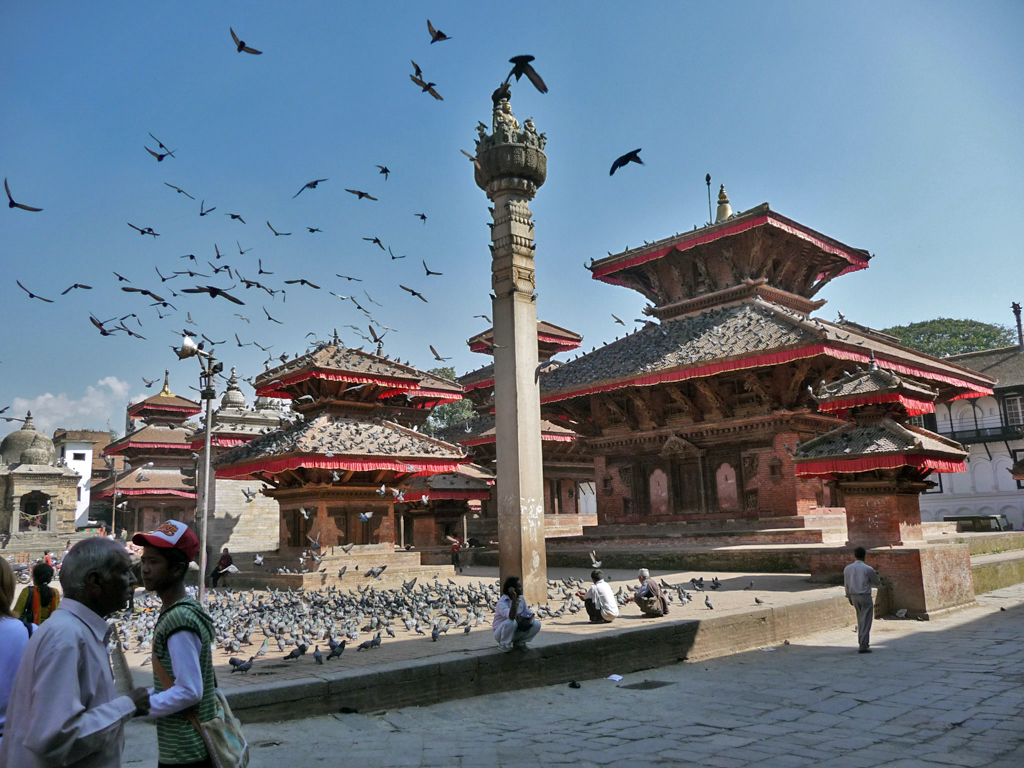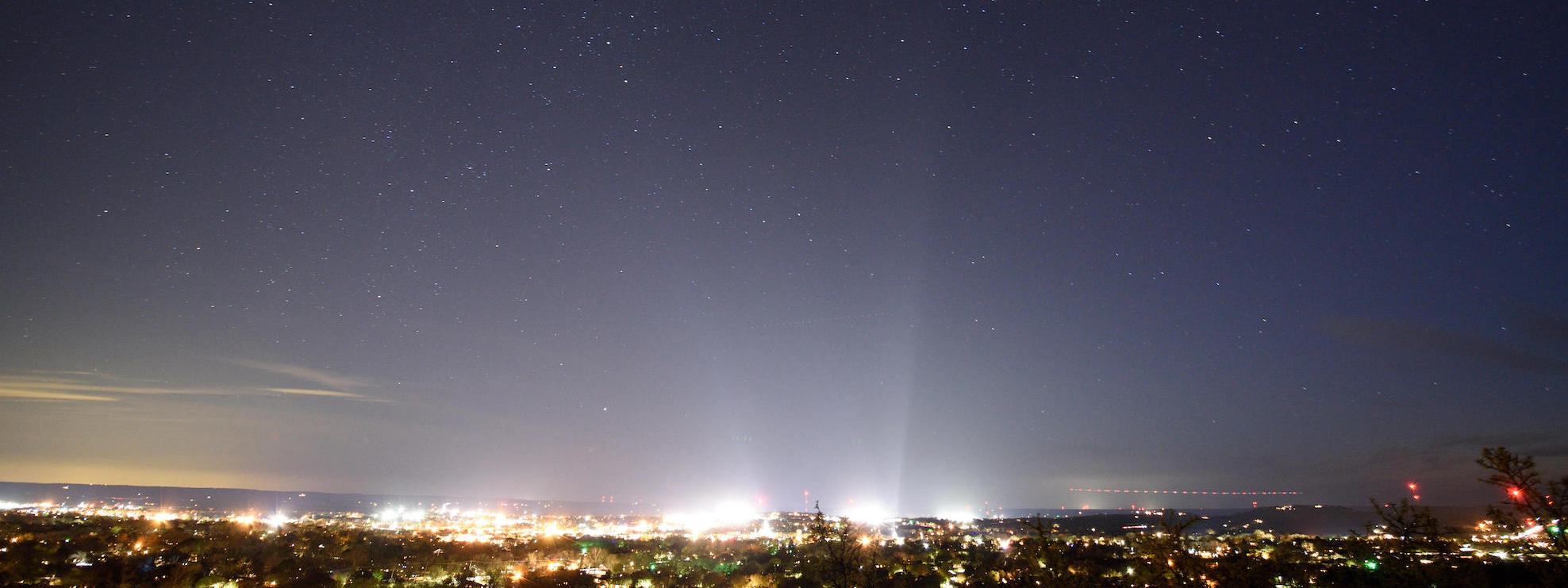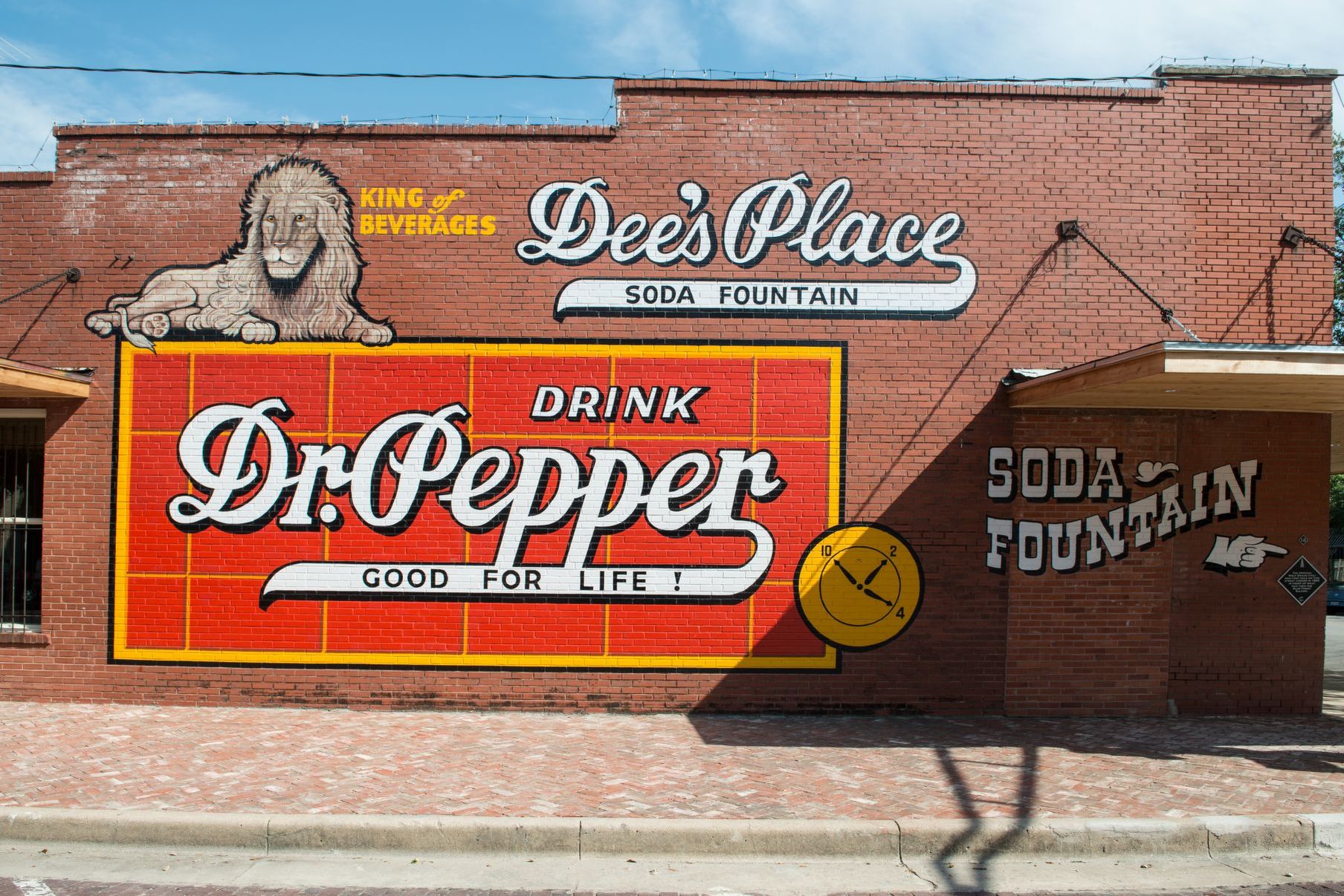On the southwestern edge of the Kathmandu Durbar Square, along its narrow, stone-paved alleys, motorbikes and cars jostled for space. Young people sat chatting on the temples’ steps. A group of western tourists strolled through a byzantine lane as vendors yelled at them amid wafts of incense and spices.
The centuries-old palace square in the heart of Kathmandu has been a magnet for visitors. In medieval times, traders from Tibet and India journeyed through the three towns of the Kathmandu Valley: Kathmandu, Patan and Bhaktapur. Each has a palace plaza and temples and monuments. After Nepal opened up to the outside world in the 1950s, western travelers, many of them hippies in search of enlightenment and cheap marijuana a decade later, thronged these former palaces, marveling at their magnificence.
Today, the daily life at the palace square is an amalgamation of faith and commerce, the sacred and the profane and the tradition and modernity. The heritage speaks of the Kathmandu Valley’s glorious past, when its rulers invested in arts and architecture that endure to this day. Though many temples and monuments crumbled during the 2015 earthquake, several have already been rebuilt. Others such as Kasthamandap, a 7th century pagoda-style rest-house that gives Kathmandu its name, has begun to rise from the rubble, thanks to a campaign led by local conservationists.
Daily life at the palace square is an amalgamation of faith and commerce, the sacred and the profane, tradition and modernity
That afternoon, I followed Ganapati Lal Shrestha, a lanky local conservationist, as he negotiated a thicket of humanity along the crowded streets. He pointed at the roof of a pagoda-style temple. “Look at the layers of dust that have settled over there,” he said. The authorities clean up the roofs and windows of temples and monuments only during Indra Jatra, he told me. Indra Jatra is a major festival celebrated by the valley’s indigenous Newars to mark the end of monsoon season and in honor of the rain God in Hindu mythology. “Even then, the cleaning is done in haste and without rigor.” “We don’t have equipment to clean the dust. The authorities also seem reluctant to do the job,” he said. Upon a closer look, I noticed that the roof was coated with dust. Everywhere, I found courtyards and shrines covered with dust and grime.

In the winter season, which runs between December and March, the level of pollution gets worse because Kathmandu, a bowl-shaped valley, traps dust in the air and it takes the afternoon breeze to clear the haze. Though this winter season, Kathmandu remained relatively free from air pollution thanks to several spells of rains, the problem persists.
Breathing hazardous air has been a reality for the residents of Kathmandu, where vehicles using adulterated fuel, with emission inspections rarely observed, belch smoke which mingles with dust, creating toxic smog, the major contributor to the city’s air pollution. Open fires, traditional cook stoves and brick kilns are other sources of air pollution. The air is so toxic that people struggle to breathe during winter months. It’s no wonder then that Kathmandu often figures among the most polluted cities in the world. The indications are everywhere: masked men and women who walk the smoke-choked streets; riders and drivers covering their faces with handkerchiefs and shawls; not to mention the spike in patients with respiratory diseases in hospitals around the city of three million.
The air is so toxic that people struggle to breathe during winter months.
While research on the impact of pollution on the monuments and temples is still rare, a 2017 study by two Indian academics on a structure in Patan Durbar Square found air pollutants had caused corrosion and degradation to the gilded surface of a 17th Century palace. The study by Vandana Singh and Sukhvir Singh, published in December 2017 in the Indian Journal of Pure and Applied Physics, found pollution had caused damage to the gilded window of the structure. The surface was contaminated by air pollutants such as sulfur and chlorine which can cause corrosion on these metal structures. Though the research, which only looked at one monument of Patan, was limited in its scope, it brought home the fact that pollution, while harmful to living beings, was also having an adverse impact on Nepal’s heritage sites.
To learn more about this, I spoke to Basant Giri, a scientist who has researched on and written about environmental pollution in Kathmandu. “Ancient structures are prone to damage by long exposure to environmental pollution, light, and moisture among other factors,” Giri, who serves as a director at Kathmandu Institute of Applied Sciences, told me. “Air pollution is one of the major culprits to be blamed. Several studies in other countries have shown such damages on the materials including metal that was used to build the ancient structures.”

The three Durbar Squares of the valley—Kathmandu, Patan and Bhaktapur—are among seven UNESCO World Heritage Sites, one of the largest such concentrations anywhere in the world. Three bodies—the Department of Archeology, Kathmandu Metropolitan City and Guthi Sansthan, a trust run by local Newars—are tasked with overseeing these historical sites. “There’s a lack of coordination when it comes to cleaning and maintaining these structures,” Shrestha, the local conservationist, said. “The ground and floors are swept clean every day. The core area of the square has been designated vehicle free. But issues such as damage from environmental pollution are rarely discussed.”
Air pollutants had caused corrosion and degradation to the gilded surface of a 17th Century palace.
I asked Giri, the scientist, what needs to be done to minimize the damage from pollution to the heritage sites. “Well, the best way to minimize the damage to our heritage sites from ambient air pollution is to minimize the pollution itself,” he told me. “But it looks like that’s not going to happen soon.” The harm to some of the ancient structures could be minimized by avoiding long exposure to light, moisture, and polluted air by covering them while not in use. “This may not be an option for all types of structures, though,” he added.
It’s not just bad air that’s assaulting the world-class monuments. Acid rain, which carries pollutants, can take a toll on them too, according to Giri. “Some of the structures which are open in the field may be protected from acid rain by covering them for the first day of rain,” he said. “Some may be covered by protective coating, but this technique may not be suitable for all kinds of materials or structures.”
Both Giri and Shrestha agreed that research into the material and technology used by the craftsmen who built the monuments and temples was key to understanding how best to preserve them.
Dusk had already fallen on the palace square when I found my heritage guide Shrestha offering a silent praying to a small shrine. He greeted a shopkeeper surrounded by his wares—tourist trinkets and groceries. The upper reaches of the multi-story temples may have suffered damage due to air pollution, but life on the ground appeared to be going on as usual.
Contributor
Deepak Adhikari is a Nepali freelance journalist based in Kathmandu. He worked with AFP, Kantipur Daily and Nepal Magazine and has written for TIME, The Guardian, Outside Magazine, The New York Times and others. He has extensively written on Nepal’s political transition, evolution of the Maoists and human rights issues surrounding the Maoist insurgency.



